Bran Castle: Dracula's Gothic Design Inspiration
Discover the architectural majesty of Bran Castle, better known as Dracula's Castle in Romania and immerse yourself in the fascinating mix of Gothic design, rich interiors and supernatural influences.
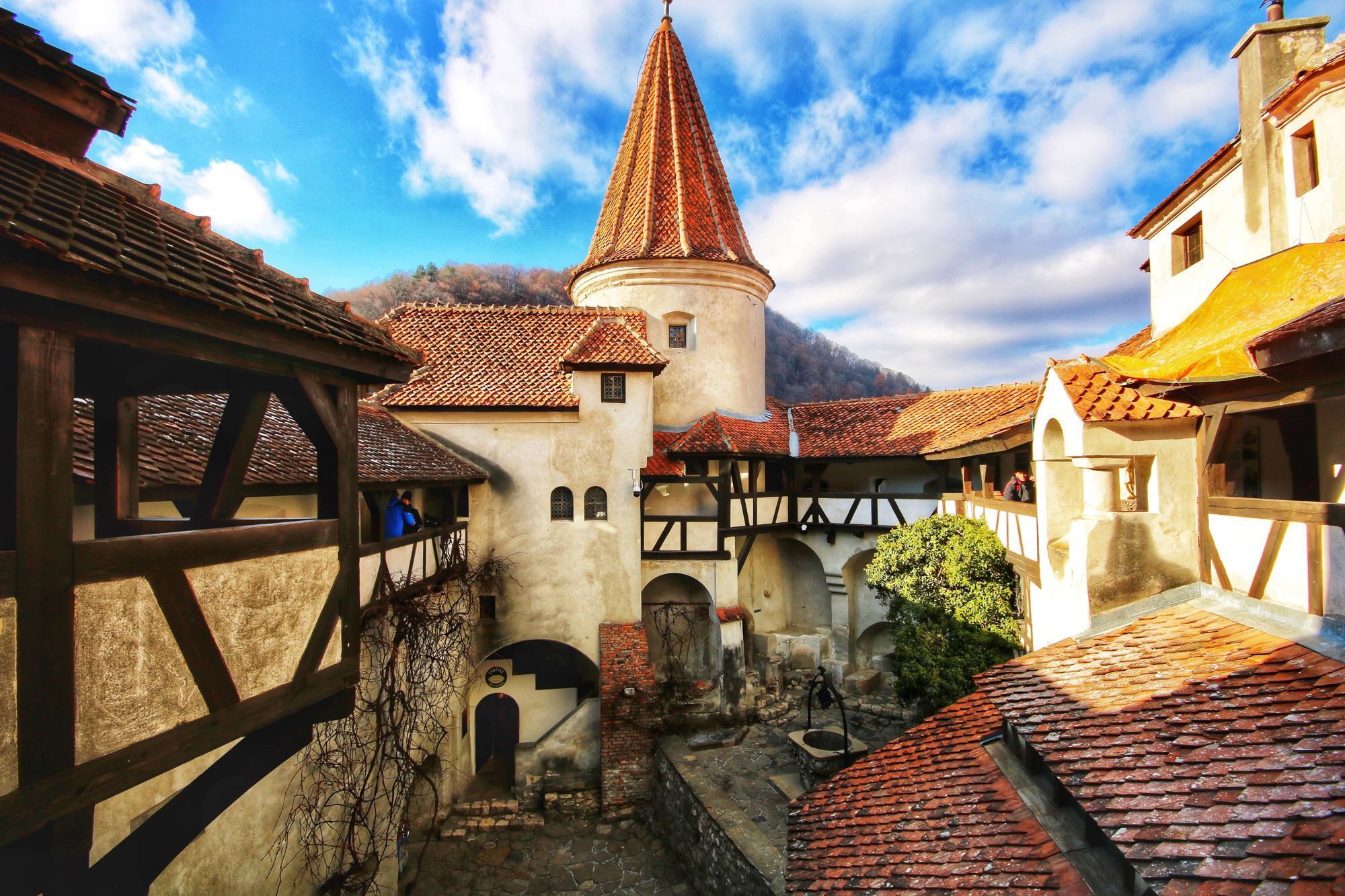
In the picturesque mountains of Transylvania stands a majestic castle, famous not only for its horrifying vampire stories but also for its iconic architecture and interior design. Known as Dracula's Castle, the Bran Castle is a remarkable Gothic structure and one of Romania's most popular attractions.
The Gothic grandeur of the exterior
The exterior of Bran Castle is a perfect mix of grandeur and elegance. The pointed towers, typical of Gothic architecture, rise into the sky, reminiscent of Bram Stoker's stories. From a distance, you can see the contrast between the solid gray of the stones and the green of the mountains, a combination that brings an air of mystery and enchantment.


Dracula's Castle in Romania. Photo: Renata Retchkiman
The castle walls have historically served as fortifications, protecting its inhabitants from invaders. But it's not just function. There is a charm that complements the aesthetics of these massive walls, with their battlements and secret passages.
A journey through the elegance and mystery
Upon entering Bran Castle, we are transported to another time. The interior design reflects the nobility and wealth of those who lived there, but always with a hint of mystery.



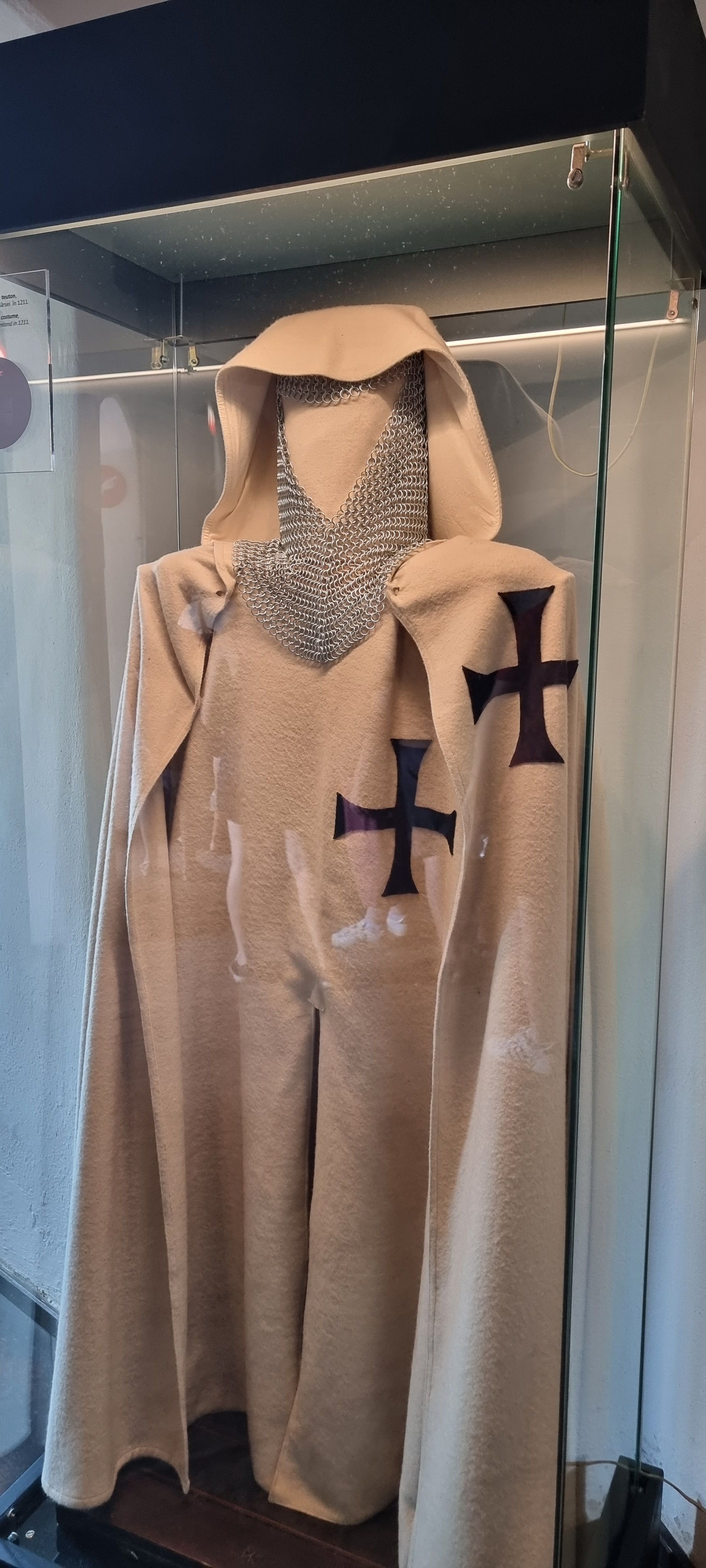
Count Dracula Castle.Photo: Renata Retchkiman
You can see how each room was meticulously thought out. Crystal chandeliers, for example, reflect light in an almost magical way, creating a play of shadows on the ornate walls and ceilings.
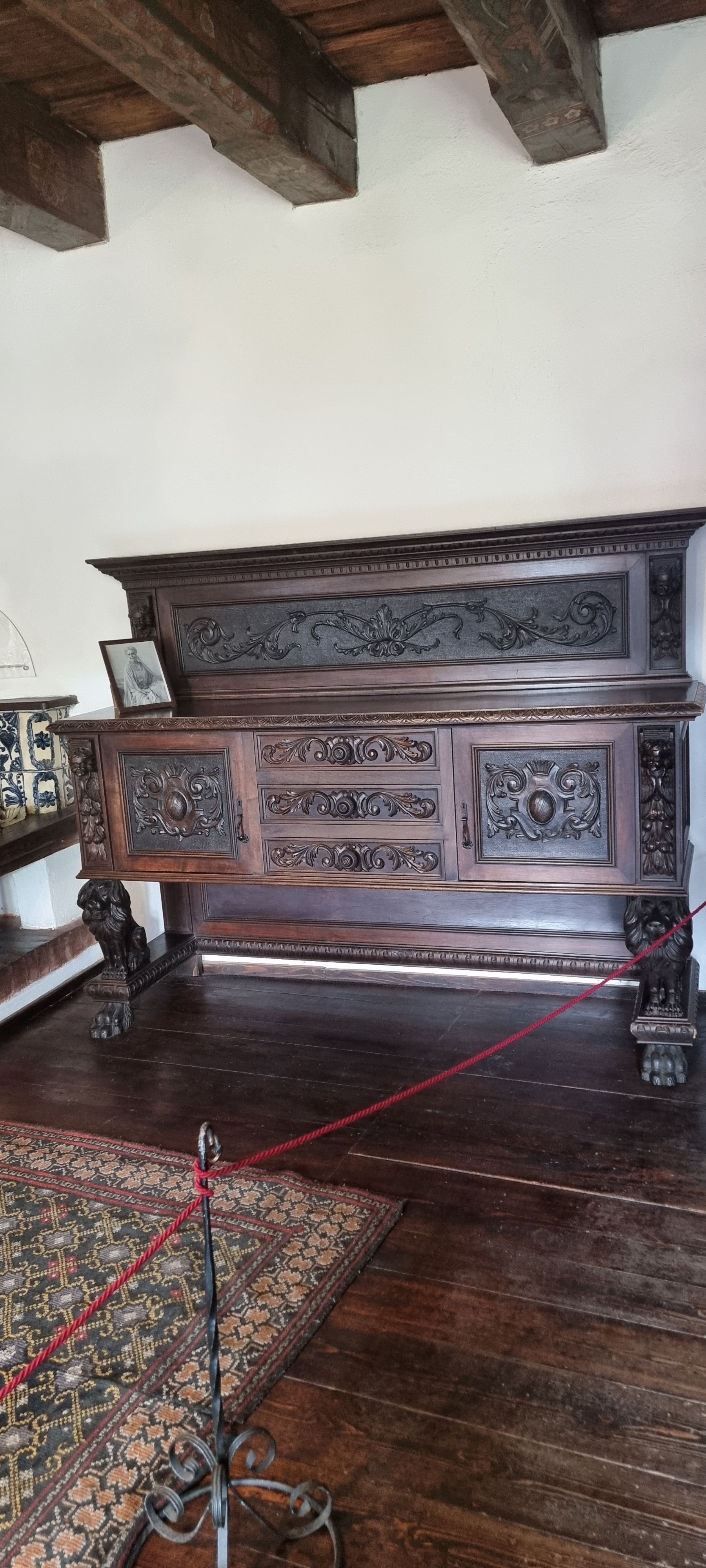
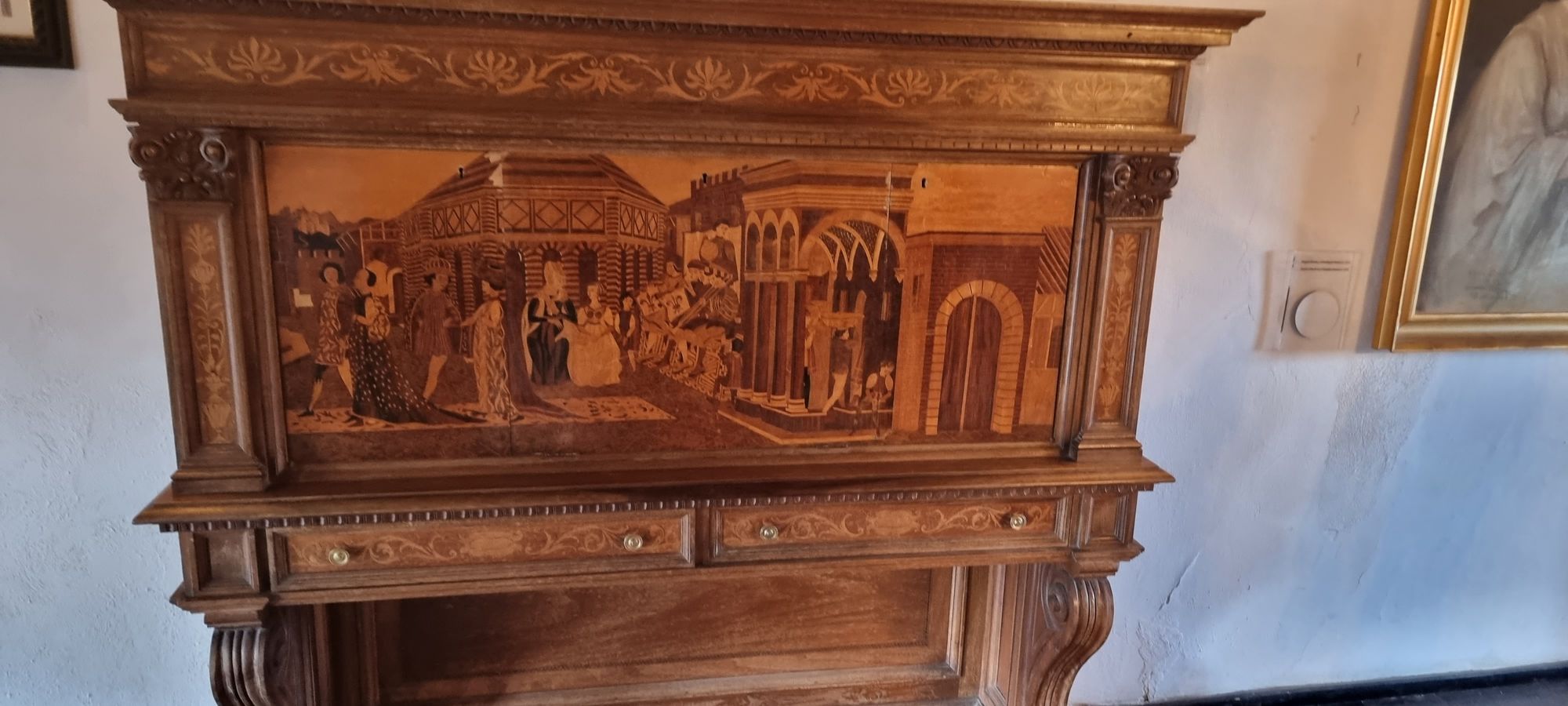
Dracula's wooden furniture. Photo: Renata Retchkiman
The dark wood that's used in the rooms gives a tone of seriousness, but also comfort. The antique furniture, many of which are original, tells stories of past generations.

And, of course, we can't forget the richly embroidered tapestries and paintings depicting both the nobility and scenes from everyday life at the time. These pieces, in addition to bringing color and life to rooms, are also a window to the past.
The details that make all the difference

When analyzing the design of Dracula's Castle, it's impossible not to be impressed by the details. The castle's architecture and design are influenced by different eras and styles, resulting in a unique combination.



Details, Castle Dracula. Photo: Renata Retchkiman
For example, in one of the bedrooms, you can find a richly crafted bed from the Renaissance. On the other hand, in the corridor next door, there is a Gothic arch that reminds us of the Middle Ages. This mix of styles makes each room a stylistic discovery.


Dracula Castle Garden Photo: Renata Retchkiman
And what about the gardens? With a panoramic view of the Transylvanian mountains, they are a true oasis of peace amid the mysterious atmosphere of the castle.
Reflections and inspirations
The truth is that, far beyond vampire legends, Dracula's Castle is an architectural treasure. Whether you're an interior design professional, architect, or just someone with a passion for beautiful spaces, there's a lot to learn and be inspired by here.

According to Natasha Frolova, expert designer at Planner 5D, the interiors of Dracula's house are made in an authentic Romanesque-Gothic style. And they attract attention not only for their aesthetics but also for the fact that they faithfully represent the style of that era, without adornments and inventions.
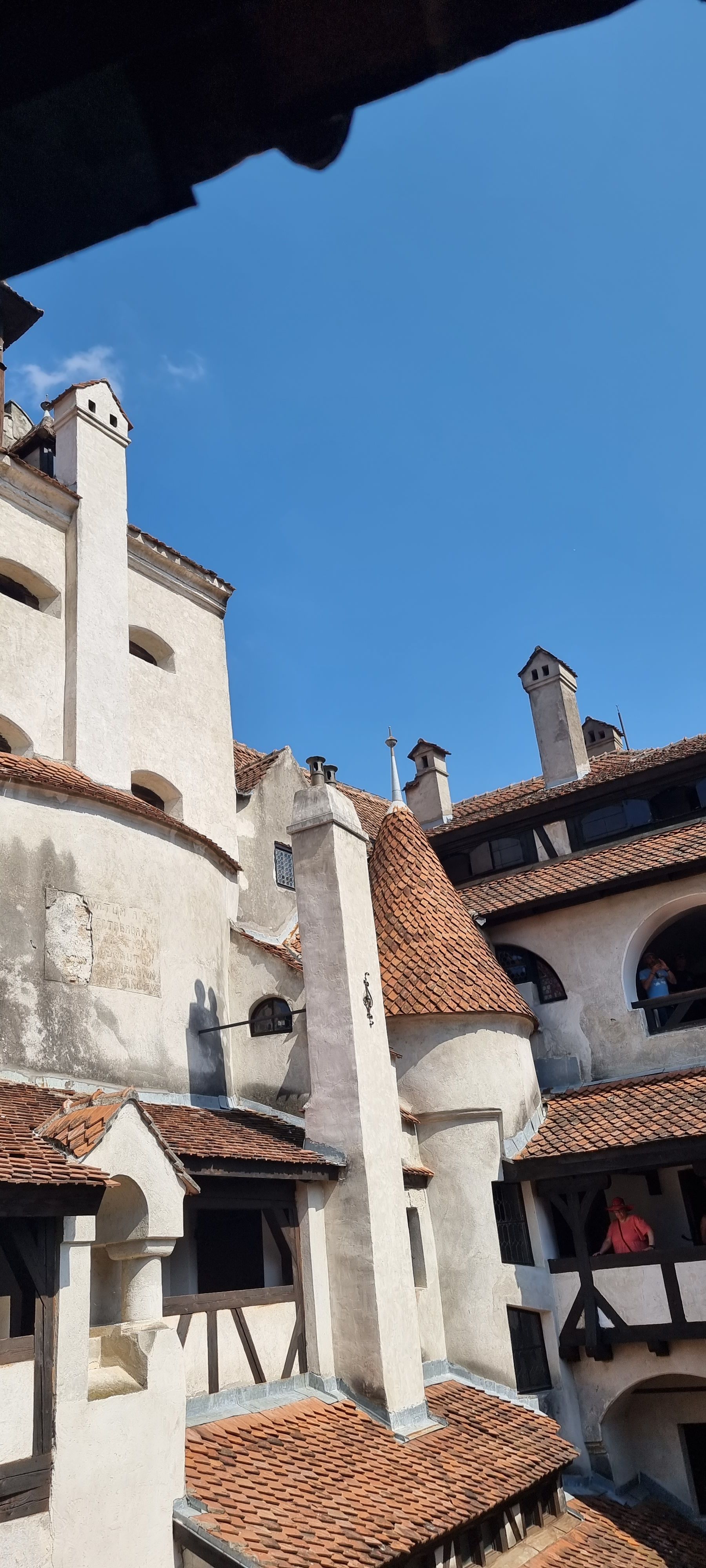
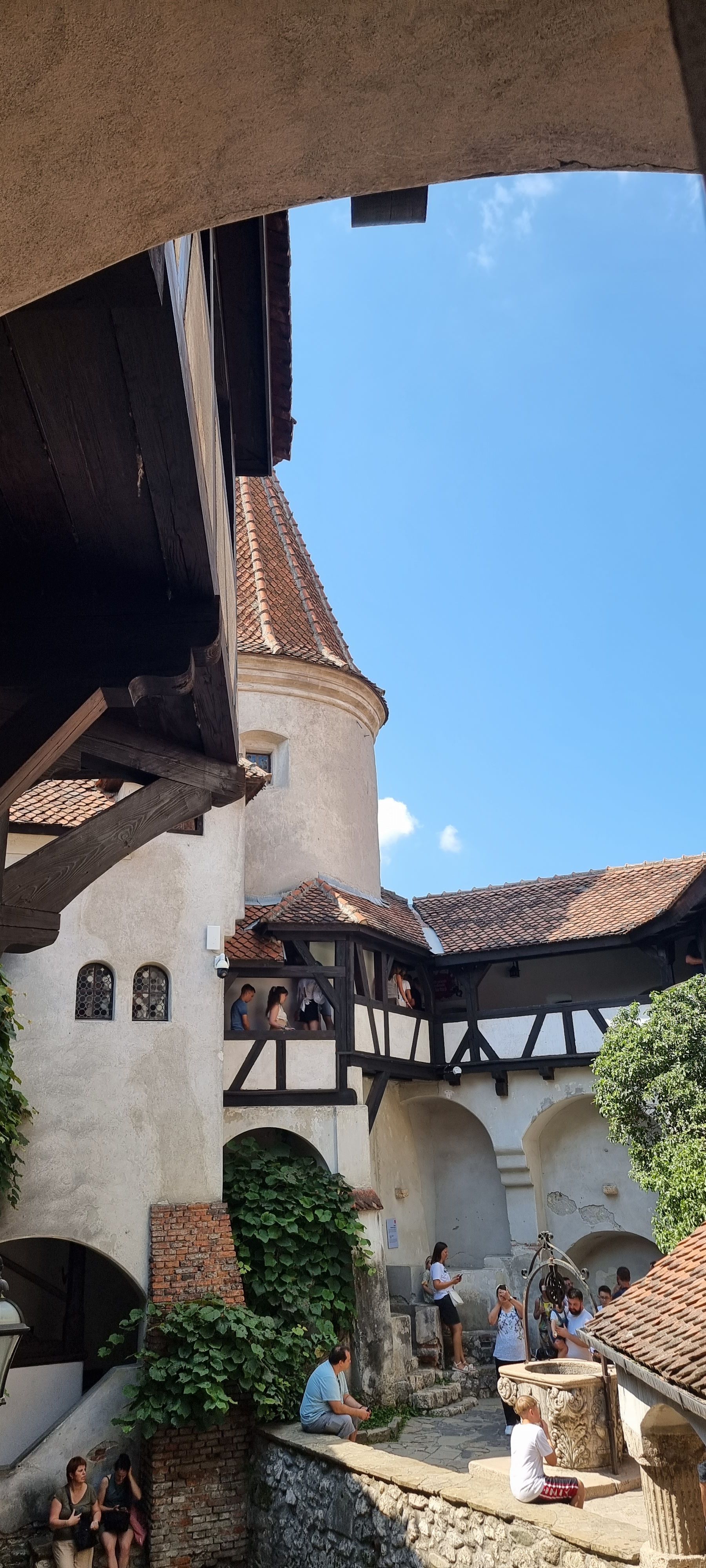

Medieval architecture combines Byzantine, Romanesque and Gothic styles. Photo: Renata Retchkiman
"The historical context leaves no doubts. The style of this period is characterized by massive and rigid forms. The architecture of the Romanesque period is famous for its large and heavy castles, looking more like a fortress than a castle itself. And all this is reflected in the interiors — solid, massive furniture made of natural wood, with forged metal details. It is also worth mentioning that the architecture itself is an extension of the interior."
For Natasha, the vaults on the ceiling establish a special atmosphere, with massive columns and simple stucco walls. The furniture is characterized by low and robust proportions,
“Just the bare minimum necessities—a bed, rustic high-back wooden chairs, storage trunks, and no upholstered furniture. I would also like to mention some decorative items, like candlesticks and mirrors. Excessive adornments were not characteristic of that period, which, in fact, we can observe in Dracula's castle,” she said.
We see attention to detail, from the largest to the most subtle. The way the light is used to the fabrics and materials used in furnishings and decor. These are all lessons that can be taken to other projects and spaces.
The influence of the supernatural on design
Perhaps one of the most intriguing features of Dracula's Castle is the way in which the supernatural seems to influence its design. The idea of the mystical and the unknown can be translated into concrete aspects of design.
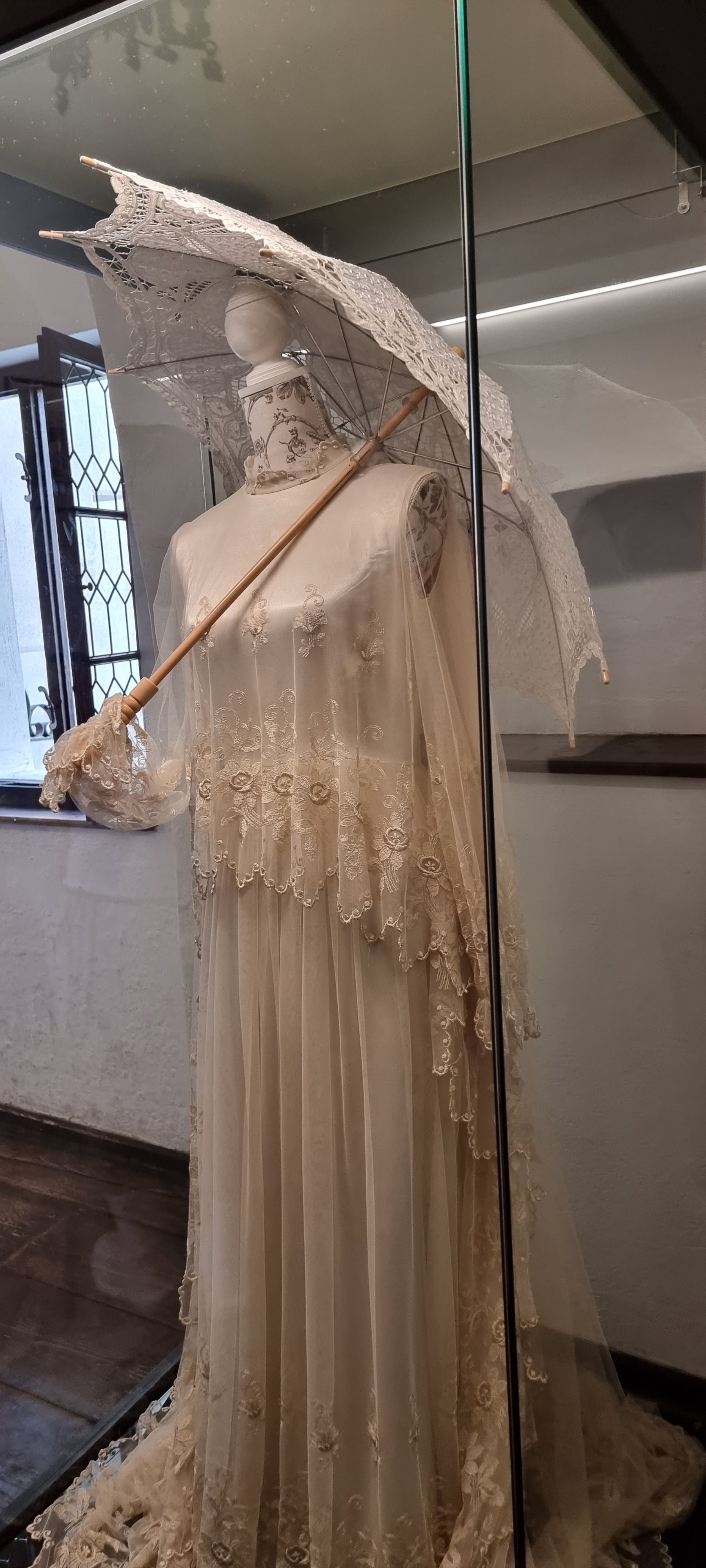

For example, staircases that seem to lead nowhere, secret passages and unusually positioned windows all feed the idea that there is more to the castle than meets the eye. This type of design not only sparks curiosity but also creates a unique experience for the visitor.
The relevance of Dracula's castle for modern designers
So, how can we incorporate such design influences in modern architecture and design? Well, it's not necessary to build a medieval castle to incorporate elements from Dracula's Castle.
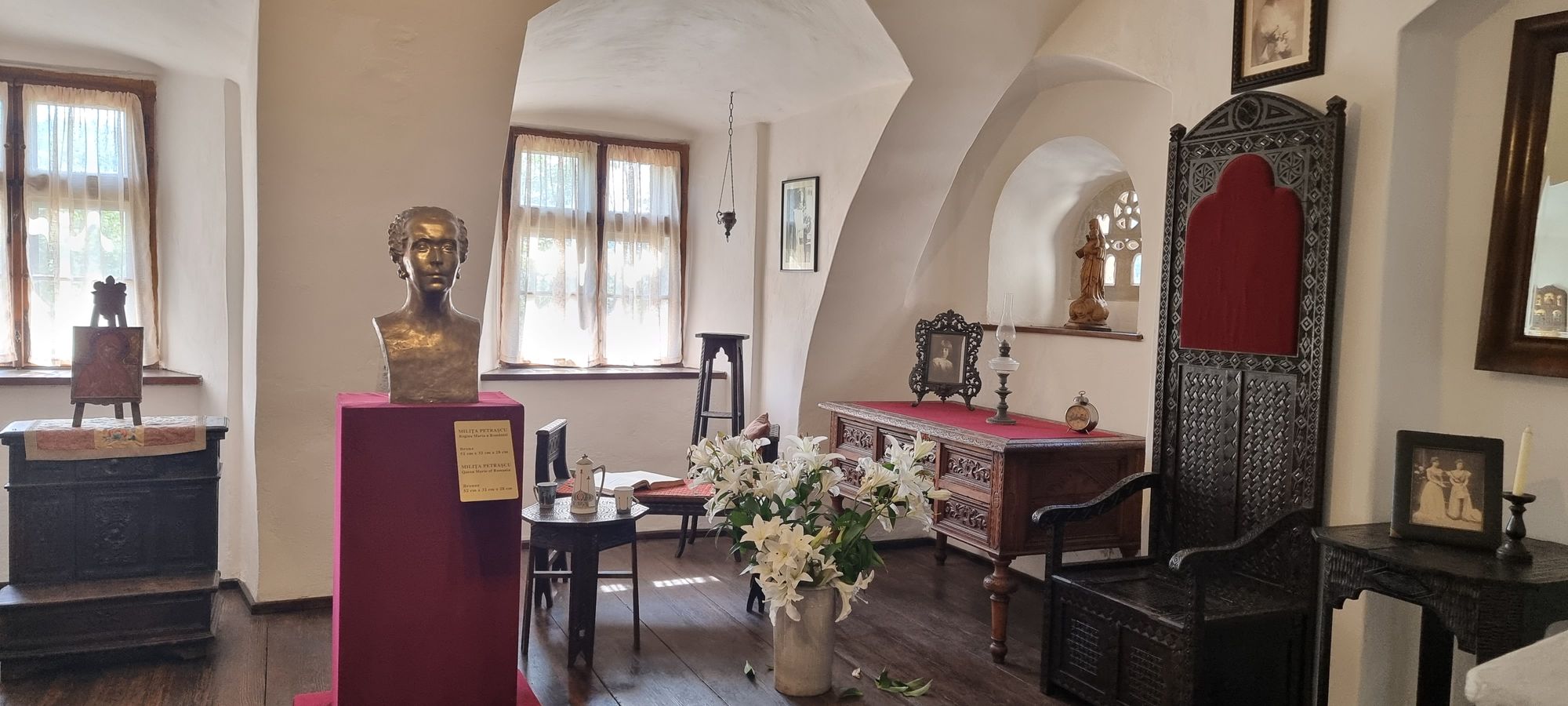
Dark and mysterious environments can be replicated in smaller spaces, through the use of deeper colors, subtle lighting and antique furniture. The idea of secret passages can be translated into multifunctional spaces in modern homes. The staircases and arcades, which are striking features of the castle, can inspire similar structures in contemporary buildings and residences.
Conclusion
Dracula's Castle is, without a doubt, a masterpiece of architecture and interior design. It captures our imagination not only with its vampire stories but also with its beauty and meticulous details. It serves as an endless source of inspiration for design enthusiasts, reminding us that history, mythology, and art can intertwine in unexpected and fascinating ways.
While we look at this magnificent castle, we might find inspiration to bring some Transylvanian magic into our spaces. So the next time you think about design and architecture, remember Bran Castle. It is not only Dracula's home but also a living museum of design and history. And who knows, it may inspire your next big project!
